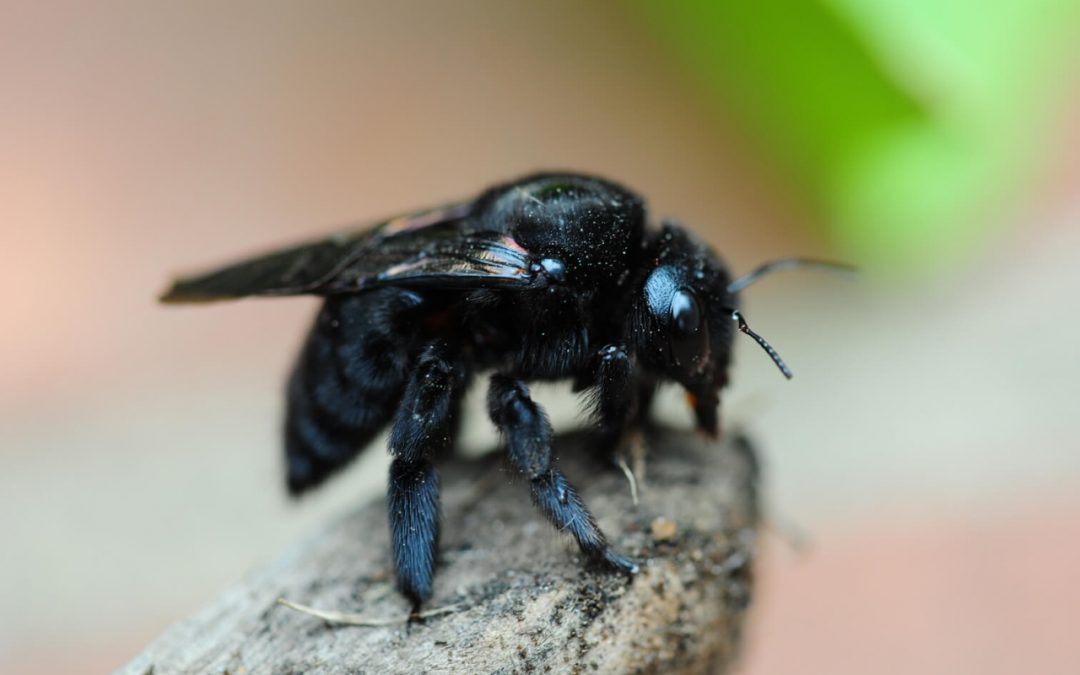Termites Aren’t the Only Wood-Destroying Insects Responsible for Property Damage
Most homeowners know about the threat termites pose to their houses. While termites are the most common and well-known wood-destroying insects, there are other pests that also cause harm to a building’s structure. Read on to learn about three common wood-destroying insects that you should look out for.
1.Carpenter Ants
Carpenter ants look like large black or red ants. If a colony exists for over two years, winged swarmers can be seen during the spring. Unlike termites, carpenter ants do not ingest wood, but they excavate tunnels to build their nests in damp or moldy wood.
Carpenter ants form nests in sources of wood on the property, like tree stumps, firewood, or wooden fence posts, and then spread to the home and enter through tiny openings. They love dark and damp areas and often remain hidden in their nests. Sometimes carpenter ants can be detected by a faint rustling sound.
2. Carpenter Bees are Common Wood-Destroying Insects
Like carpenter ants, carpenter bees bore through wood instead of eating it. These common wood-destroying insects are often mistaken for honeybees or bumblebees. They are easier to spot than carpenter ants because they tend to build their nests in the sides of buildings and hover around them.
Carpenter bees prefer bare wood but are still known to infest painted and stained wood. Round holes in the side of a house are a sign of a carpenter bee infestation.
3. Powderpost Beetles
Powderpost beetles destroy wood while they are in their larval form, tunneling from their nest to the surface of the wood. As the larvae emerge from the wood, they leave a circular hole surrounded by a fine powder, hence their name. Unlike other common wood-destroying insects, powderpost beetles like to lay their eggs in cracks and crevices of hardwood. These beetles are often seen flying around lights at night.
Weaver Home Inspection provides professional home inspection services to eastern and middle Tennessee. Contact us to request an appointment.

